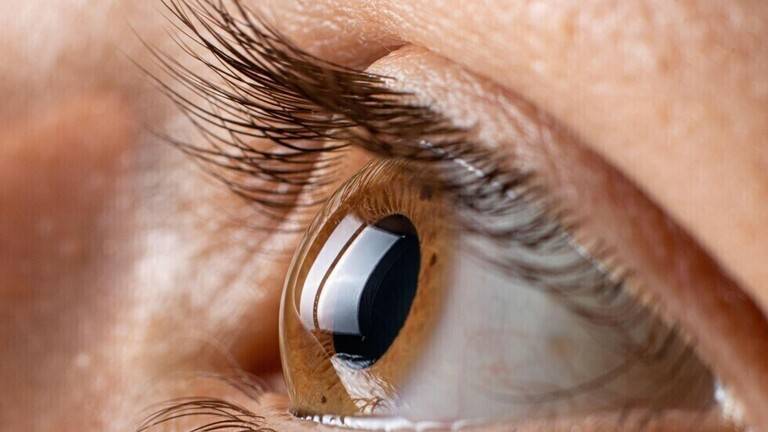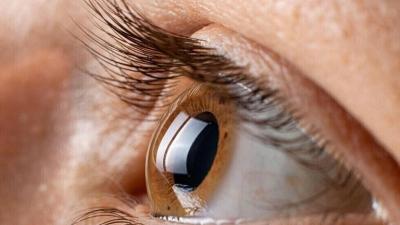A recent study has indicated that vision impairment with age can be a warning sign of a potential stroke or heart attack. This is how a specific form of age-related macular degeneration (AMD) is linked to cardiovascular diseases. According to the new study conducted by researchers at Mount Sinai Hospital in New York for Eye and Ear, patients suffering from a specific type of age-related macular degeneration (AMD) are more likely to have underlying heart damage from heart failure, heart attacks, advanced valve disease, or carotid artery disease, which is related to certain types of strokes. The findings of the study, published in the BMJ Open Ophthalmology journal, could lead to increased screening to maintain vision and diagnose undetected heart diseases and prevent harmful cardiovascular events.
Professor Theodore Smith from the Mount Sinai School of Medicine in New York stated, "For the first time, we have been able to link specific high-risk cardiovascular diseases to a certain type of age-related macular degeneration, that which contains subretinal drusenoid deposits." These deposits, known as subretinal drusenoid (SDD), consist of fats that form beneath the light-sensitive retinal cells at the back of the eye and are associated with vision loss. Their detection is challenging and requires high-tech imaging scans.
Professor Smith explained that blood flow to the eye is reduced either due to heart damage that diminishes blood flow throughout the body, "or from a blocked carotid artery, which hinders blood flow directly to the eye." He added, "Poor blood supply can cause damage to any part of the body, and the damaged retina with SDD remnants is among that damage. Retinal damage means vision loss, which can lead to blindness."
It is noted that age-related macular degeneration (AMD) is the leading cause of blindness in individuals over 65 years of age and involves damage to the central area of the retina called the macula, responsible for reading and driving. One early form of age-related macular degeneration consists of small yellow cholesterol deposits called drusen, which form underneath a part of the retina known as the retinal pigment epithelium (RPE). This can deprive the retina of blood and oxygen, leading to vision loss. The formation of drusen can be slowed by proper vitamin supplements.
Another main type of early age-related macular degeneration, namely subretinal drusenoid deposits (SDDs), is less well-known and requires high-tech retinal imaging for detection. These deposits contain a different form of cholesterol and form beneath the light-sensitive retinal cells directly where damage occurs and vision is lost. There is no known treatment for SDD.
An analysis of 200 patients with age-related macular degeneration suffering from acute cardiovascular diseases and strokes showed they were nine times more likely to have these deposits. Co-author Dr. Richard Rosen stated, "This work highlights the reality that ophthalmologists may be the first doctors to detect systemic diseases, particularly in patients who do not exhibit obvious symptoms. The discovery of SDD deposits in the retina should lead to referrals to a primary care provider, especially if a cardiologist has not been previously consulted. This could prevent a life-threatening cardiac event."




